RV furnaces, just like any other furnace, rely on thermostats in order for you to control the internal temperatures of your vehicle during your travels. While this is a fairly simple concept, understanding how these components work together can help you optimize your heating system and troubleshoot common issues that may arise.
This guide is here to help with that by examining the thermostat’s essential functions in RV furnace operation, while also taking the time to explore whether upgrading to modern thermostat technology is a worthwhile investment. Knowing this info will help you get the most out of your outdoor adventures.
The Thermostat’s Role
Your RV thermostat serves as the control center for your furnace system. It performs three critical functions that ensure consistent heating performance throughout your recreational vehicle. Here’s a deep dive on each of them.
Sets the Furnace Temperature
The thermostat allows you to establish your desired temperature setpoint. When you adjust the temperature dial or digital display, you’re programming the thermostat to maintain that specific temperature. Most RV thermostats can be set between 40°F and 90°F, giving you complete control over your interior climate.
The setpoint acts as a reference point for all thermostat operations. Without this user-defined target temperature, the furnace would have no guidance on when to start or stop heating cycles.
Senses the Room Temperature
Your RV thermostat monitors the temperature inside your RV. Internal sensors continuously measure the ambient air temperature in the vicinity of the thermostat’s location. This real-time data collection enables the system to compare actual conditions against your desired setpoint.
The accuracy of temperature sensing depends on proper thermostat placement. Ideally, you should mount your thermostat away from direct sunlight, heat sources, and drafty areas. Poor sensor positioning can lead to inaccurate readings and inefficient furnace operation.
Regulates the Temperature as Needed
Temperature regulation involves the thermostat’s decision-making process. When the sensed temperature drops below your setpoint, the thermostat sends a signal to activate the furnace. Once the temperature reaches the desired level, the thermostat stops the heating cycle.
This on-off control method prevents overheating and maintains consistent comfort levels. The thermostat typically includes a temperature differential of about 2-3°F to prevent rapid cycling between heating and cooling modes.
How Thermostats Perform These Functions
Knowing the roles of an RV thermostat in your furnace’s function is only the beginning, though. To fully understand this device, you’ll also need to know the technicalities of how it operates.
For most systems, this happens through the use of electrical circuits that connect to your furnace control board. When you set a temperature, the thermostat creates an internal reference voltage corresponding to that setpoint. The temperature sensor, typically a thermistor or bimetallic strip, changes its electrical resistance based on ambient temperature.
The thermostat then compares the sensor reading against the setpoint voltage. When the room temperature falls below the setpoint, the thermostat closes an electrical contact, completing the circuit to your furnace. This signal tells the furnace control board to begin the ignition sequence.
During furnace operation, the thermostat continually monitors the room temperature. Once the temperature rises to match your setpoint, the thermostat opens the electrical contact, interrupting the signal to the furnace. The furnace then shuts down until the next heating cycle is required.
Modern digital thermostats use microprocessors to perform these functions with greater precision than mechanical models. Digital units can maintain temperatures within 1°F of the setpoint, compared to the wider variations common with older mechanical thermostats.

Special Features of Modern Thermostats
Speaking of modern RV thermostats, there’s a lot that these advanced models offer beyond basic temperature control. These features can improve comfort, convenience, and energy efficiency during your travels, all of which are desirable to many RV owners.
Voice Controls
Voice-activated thermostats allow hands-free temperature adjustments through voice commands. That means you can change setpoints, switch between heating and cooling modes, or check current temperatures without physically accessing the thermostat. While far from a critical feature for many users, it proves especially useful when you’re occupied with other activities or have limited mobility.
As a bonus, voice control systems typically integrate with popular platforms like Amazon Alexa or Google Assistant. Some RV-specific models even include built-in voice recognition that doesn’t require internet connectivity.
Remote Access
When you have a modern thermostat, you’ll be able to use smartphone apps that enable remote thermostat control from anywhere within your RV or from outside the vehicle. You can adjust temperatures, monitor energy usage, and receive system alerts, all directly through your mobile device.
Remote access can help you preheat your RV before returning from activities or maintain optimal conditions for pets while you’re away. WiFi-enabled thermostats will require internet connectivity for remote features, but some models include cellular connectivity options for areas with limited Wi-Fi availability.
Auto-Scheduling
Programmable scheduling is a feature that lets you set different temperatures for specific times of day or days of the week. This will allow you to program lower temperatures during sleeping hours to save energy, then automatically increase heating before wake-up time. This feature adapts to your travel schedule and daily routines.
Advanced scheduling systems can store multiple programs and automatically adjust for seasonal changes or different camping locations. Some models include vacation modes that maintain minimal heating while you’re away from your RV for longer time periods.
Energy Usage Tracking
The final feature to look for is built-in energy monitoring that tracks your furnace’s operating time, cycling frequency, and estimated fuel consumption. This data will help you understand your heating patterns and identify opportunities for energy savings. Some thermostats display real-time energy usage and provide daily, weekly, or monthly consumption reports.
Energy tracking features can also alert you to unusual furnace behavior that might indicate maintenance needs or system problems. Historical data also helps you budget for propane or electricity costs during extended trips.

Is It Worth the Upgrade?
The value of upgrading your RV thermostat depends on your current system’s performance and your desired features. Basic mechanical thermostats that function properly may not require immediate replacement. However, upgrading becomes worthwhile if you experience frequent temperature fluctuations, want improved energy efficiency, or desire modern convenience features.
Digital thermostats typically cost between $50 and $150 for basic models, while advanced units with Wi-Fi and smartphone integration range from $150 to $300. Professional installation adds $100 to $200 to the total cost, though many RV owners can complete the installation themselves.
Another thing to note is that if your current furnace is too old, it may not be able to communicate properly with a newer thermostat. If your system is already showing signs of wear, upgrading both your camper furnace and thermostat simultaneously may be worthwhile.
Ultimately, the convenience features of modern thermostats will enhance your RV experience in a variety of ways, particularly during extended trips or full-time RV living. Utilizing them correctly will provide greater control over your heating system and can lead to measurable energy savings over time.


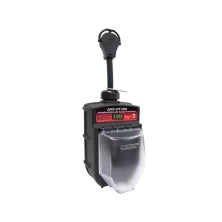
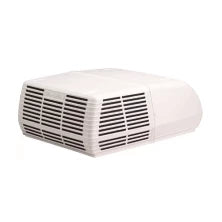
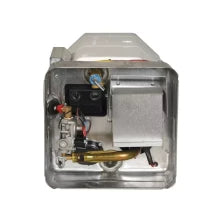
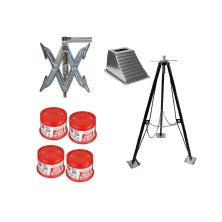
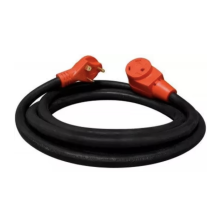
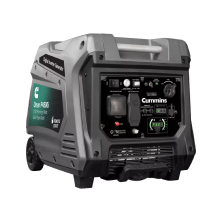

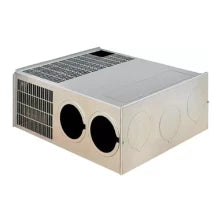


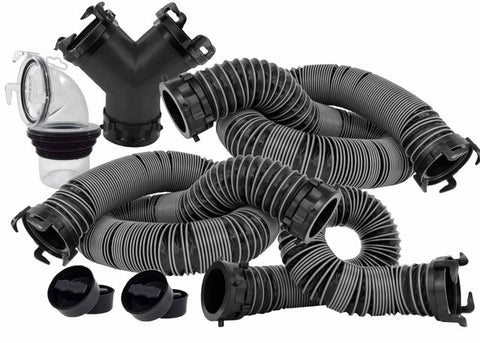

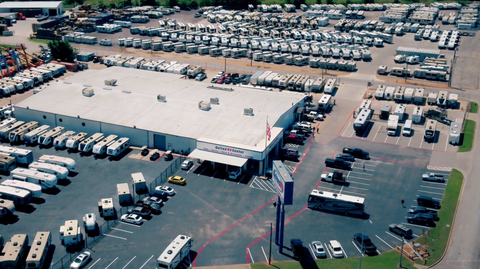
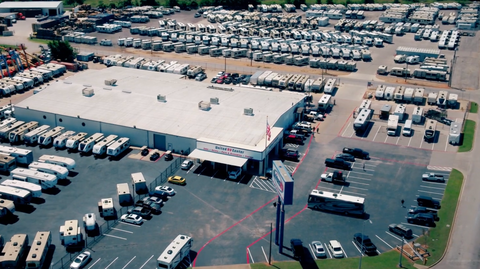
Comments (0)
There are no comments for this article. Be the first one to leave a message!